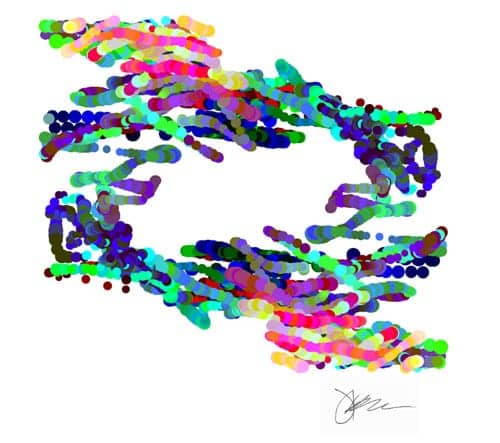An interactive computer program, engineered as a rehabilitation biofeedback tool, has reportedly been found by researchers at The Ohio State University Wexner Medical Center to be safe and well-tolerated by patients receiving occupational, recreational, or physical therapy to assist in recovery from central nervous system injuries. The tool, known as Embedded Arts, can be used to address injuries that include traumatic brain injuries (TBIs), strokes, and spinal cord injuries (SCIs).
A news release from the university states that the system is designed to tap into artistic and creative neural pathways during standard rehabilitation exercises. By using real-time data from biophysical sensors, the program integrates creative processes within rehabilitation therapies by transforming them into art, according to Lise Worthen-Chaudhari, MFA, MS, CCRC, assistant professor of physical medicine and rehabilitation, associate director of the Motion Analysis and Recovery Laboratory at Ohio State.
During a recent study, the researchers aimed to determine if embedding the interactive arts processes within rehabilitation exercises would improve outcomes by improving patients’ attention and compliance, while also enhancing clinician’s tracking. The release states that therapists indicated the rehabilitation biofeedback tool is useful for clinical practice and also assisted in motivating patients.
“Using biophysical sensors, Embedded Arts transforms movement into art as part of the healing process for these patients. This enables patients to create fun, individualized images that represent their personal healing through the process of standard rehabilitation exercises,” explains Worthen-Chaudhari.
According to the release, the 21 patients enrolled in the study were already receiving rehabilitation therapy at Ohio State’s Wexner Medical Center when they were asked to try Embedded Arts as part of their therapy sessions. A motion sensor measured movement of the body, which was then translated into graphic art on the screen using a custom software application. The researchers note that movement was detected in three dimensions and plotted in two dimensions on the computer screen as an abstract painting. The user could then view the image being drawn on the screen in real-time during the movement performance, or could view the composition upon completion.
A total of eight inpatient therapy staff members volunteered to use Embedded Arts with their patients, the release says. The tool was used at the discretion of the therapists with the patients they were treating, researchers say, during regularly scheduled acute rehabilitation therapy sessions up to 60 minutes.
Worthen-Chaudhari explains that the study’s findings suggest, “patients just go ‘in the zone’ and they come up with designs that are really beautiful. Each design is someone’s healing art.”
[Photo Credit: Ohio State Wexner Medical Center]
[Source: Ohio State Wexner Medical Center]



